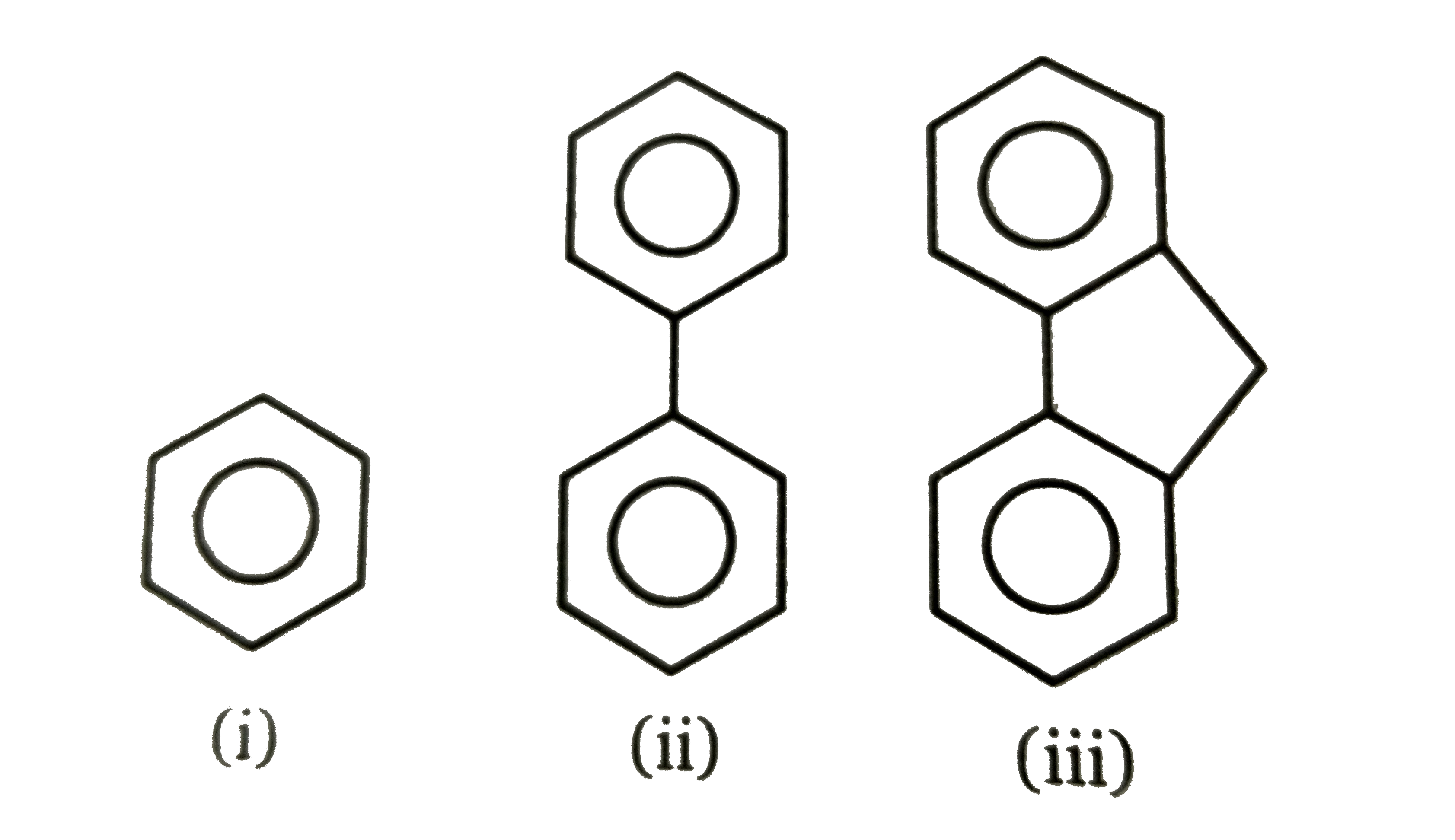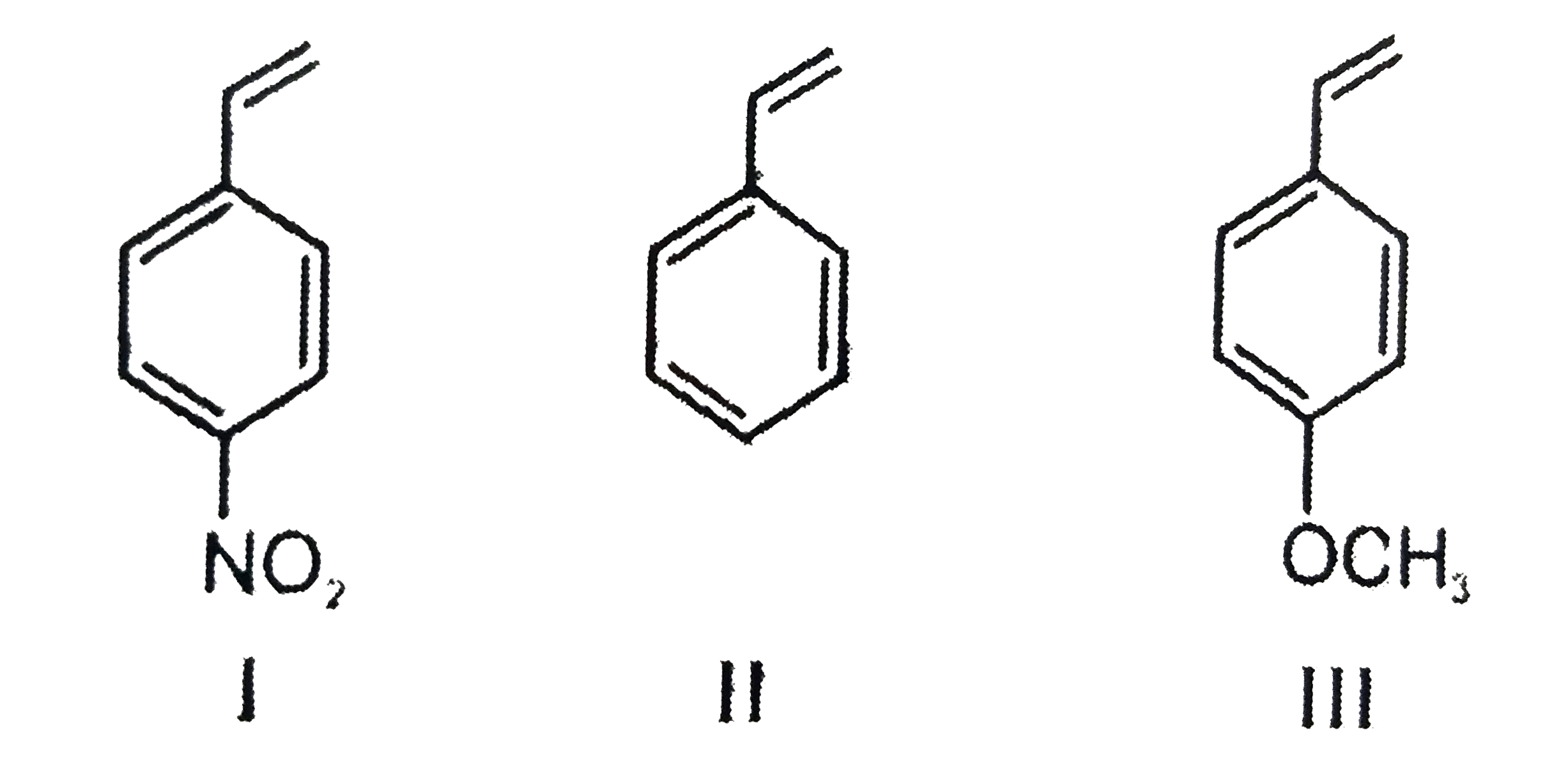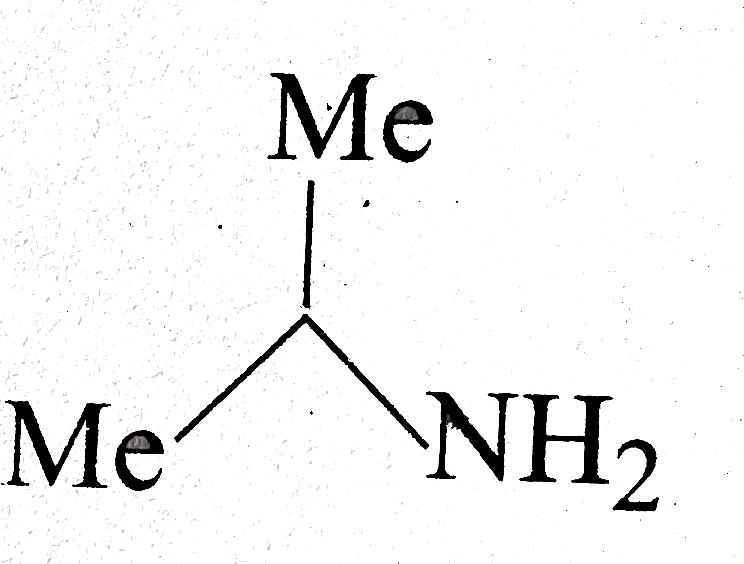Arrange in their decreasing order of rate in SNAr.
(i) 
A
i>ii>iv>iii>v
B
ii>i>iii>v>iv
C
v>iii>i>ii>iv
D
v>iii>ii>i>iv
Video Solution
Text Solution
The correct Answer is:C
v>iii>i>ii>iv
|
Topper's Solved these Questions
- AROMATIC COMPOUNDSBOOK - MS CHOUHANCHAPTER - AROMATIC COMPOUNDSEXERCISE - Level 1 (Q.31 To Q.60)
1 Videos
- AROMATIC COMPOUNDSBOOK - MS CHOUHANCHAPTER - AROMATIC COMPOUNDSEXERCISE - Level 1 (Q.121 To Q.150)
3 Videos
- AN INTRODUCTION TO ORGANIC REACTIONS AND THEIR MECHANISMS ACIDS AND BASESBOOK - MS CHOUHANCHAPTER - AN INTRODUCTION TO ORGANIC REACTIONS AND THEIR MECHANISMS ACIDS AND BASESEXERCISE - ADDITIONAL QUESTION (SINGLE CORRECT CHOICE TYPE )
32 Videos
- BIOMOLECULESBOOK - MS CHOUHANCHAPTER - BIOMOLECULESEXERCISE - Level 2
1 Videos
Similar Questions
Knowledge Check
Arrange in their decreasing order of rate of electrophilic aromatic substitution:
(i) Ai>ii>iiiBiii>ii>iCiii>i>iiDi>iii>ii
Ai>ii>iiiBiii>ii>iCiii>i>iiDi>iii>iiArrange in decreasing order of reactivity with HCl :
 AII gt III gt IBIII gt II gt ICIII gt I gt IIDnone of the above
AII gt III gt IBIII gt II gt ICIII gt I gt IIDnone of the aboveArrange the decreasing order of rate of electrophilic aromatic substitution
 AAgtBgtCgtDBAgtCgtBgtDCBgtAgtCgtDDBgtCgtAgtD
AAgtBgtCgtDBAgtCgtBgtDCBgtAgtCgtDDBgtCgtAgtD

Arrange the above in the decreasing order of reactivity towards HBr:
View SolutionWhich of the following are arranged in the decreasing order of dipole moment ?
View SolutionWhich of the following are arranged in the decreasing order of dipole moment ?
View SolutionArrange the following in decreasing order of rate of nitration :-

View SolutionArrange the following in the decreasing order of their boiling points:
I.
View Solution



